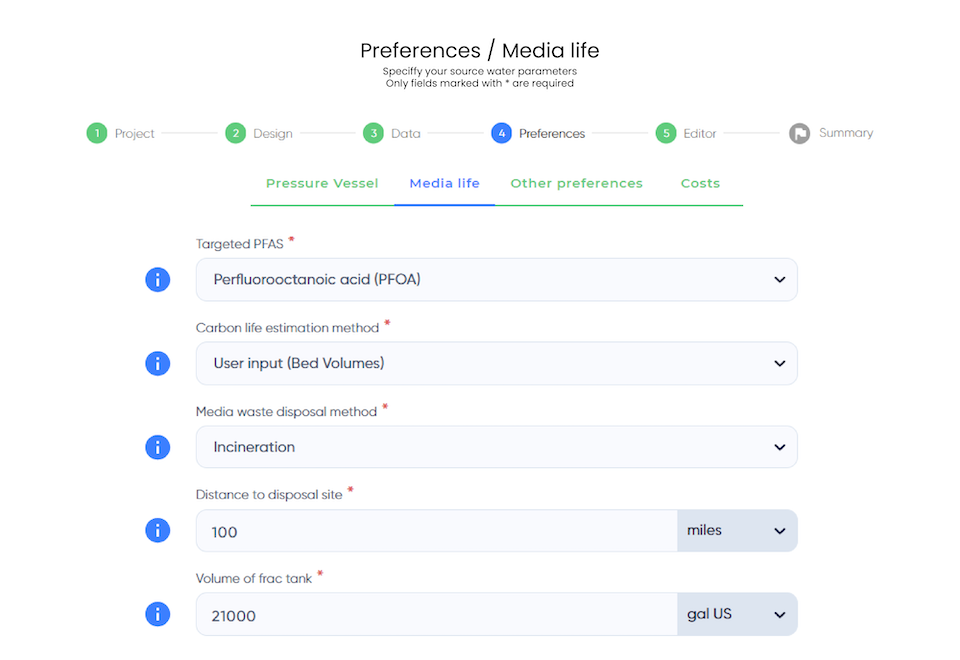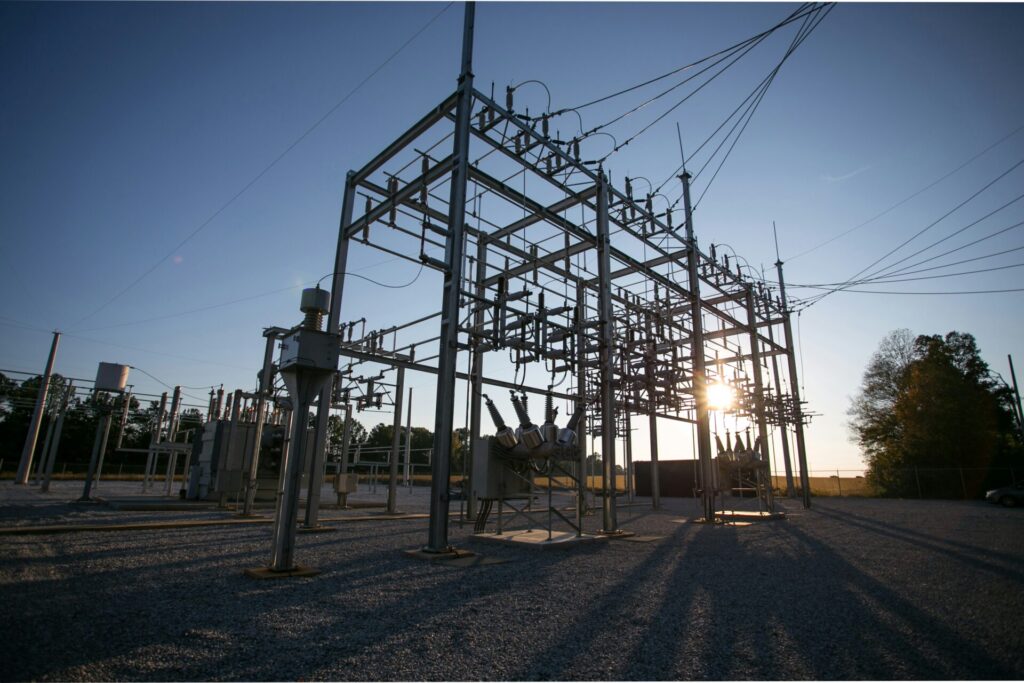Transcend Design Generator
Design PFAS Removal Systems with Transcend
Utilities and Engineering Consultants can automatically generate accurate CAPEX and OPEX estimates, as well as a full set of engineering documentation for both Granular Activated Carbon (GAC) and Ion Exchange (IX) PFAS removal projects.

The Power of GAC and IX Design Capabilities
The Transcend Design Generator (TDG) allows users to effortlessly size GAC & IX systems tailored to their specific needs, determine optimal locations within their site, and obtain crucial operational and capital expenditure estimates. This streamlined process not only saves time but also enhances decision-making to reduce project risk, ensuring that utilities can quickly and accurately estimate costs and accelerate their PFAS removal projects.
Comprehensive Outputs for Informed Decisions
One of the standout benefits of the GAC & IX design capabilities is the comprehensive array of outputs TDG provides. These outputs equip utilities and engineering consultants with all the necessary tools to make informed, strategic decisions. Users can expect:
Input Parameters for Customized Designs
To generate a comprehensive PFAS removal facility design, users input key project parameters into TDG. Within just a few minutes, TDG will create a tailored design package that meets the unique needs of each utility
Aligning with the EPA's Strategic Roadmap
The new GAC & IX design capabilities are perfectly aligned with the Environmental Protection Agency’s (EPA) strategic roadmap for PFAS removal. The EPA’s plan focuses on targeted removal of PFAS at the source and in exposed bodies such as soil and water. TDG supports these goals by providing practical, scalable solutions for medium to large-sized utilities, helping them address PFAS contamination more effectively.
Navigating Regulatory Challenges
Regulatory compliance is a significant concern for utilities dealing with PFAS contamination. The GAC & IX design capabilities help utilities navigate these challenges by facilitating the creation of proof of concept and trial period designs. These preliminary designs can be used to demonstrate compliance with regulatory requirements, providing a clear path toward full-scale implementation.
Automating PFAS Treatment Design: A look into the future with Dr. Angela Maria Fasnacht
Watch on Demand







